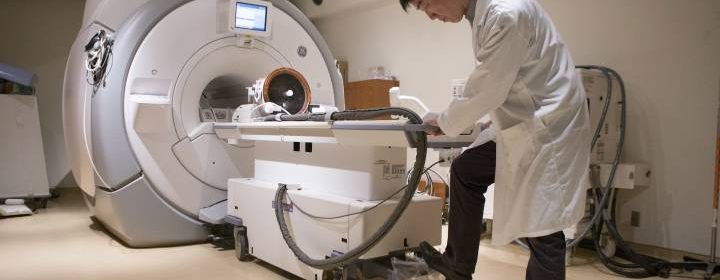Lawson Health researchers develop new imaging tool to detect heart disease

The Lawson Health Research Institute says it’s found what may be the latest weapon in the battle against heart disease.
New research promises a safer, less invasive way to use magnetic resonance imaging (MRI) to measure how a heart uses oxygen in healthy patients and those with heart disease.
Current diagnostic tests require injecting patients with radioactive chemicals or contrast agents that change an MRI signal and allow doctors to detect the presence of disease.
Researchers say that while nearly 500,000 tests are conducted yearly in Canada, they come with associated risks and are not recommended for a variety of patients including those with poor kidney function.
The new method from Lawson researchers employs a cardiac functional MRI (cfMRI) and does away with needles, chemicals and associated risks.
The cfMRI works by repeatedly exposing the heart to carbon dioxide in order to test how well the heart’s blood vessels are working to deliver oxygen to the organ’s muscle.
A breathing machine is then employed to change the concentration of carbon dioxide in the patient’s blood.
Researchers say the exposure should result in a change in blood flow to the heart, but if no change occurs, a disease is present. Both outcomes are fully detectable by cfMRI.
According to researchers, previous attempts at similar imaging tests resulted in blurry images that contained a high level of “noise.”
Researchers say project lead Dr. Rohan Dharmakumar hypothesized the “noise” was actually a variation of the heart’s processing of oxygen. Dharmakumar then engineered a way to average this variation, which led the research team to learn that the noise can be used to study how the heart works.
Along with studying coronary artery disease, researchers say the cfMRI method could be used to study the effects of a heart attack or damage caused to the heart during cancer treatment. The method’s minimal risk also safely allows repeated testing in order to help doctors find the best treatment for patients, researchers say.
Dharmakumar adds the research has “opened the door to a new era” and provides an approach that “overcomes the limitations of all the current diagnostics.”
Sign up for our Health IQ newsletter
© 2019 Global News, a division of Corus Entertainment Inc.
Source: Read Full Article
